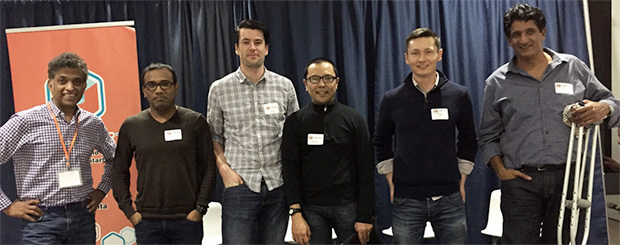

The Hive think tank recently held a panel discussion on Stream Processing Systems. Panelists debated best approaches to messaging platforms, stream systems, and accompanying data stores. Other topics included scalability, latency, fault-tolerance/reliability/High Availability, ease and simplicity of deployment, maturity and popularity, enterprise features, and security. There was a lot covered!
Ben Lorica, O’Reilly Media’s Chief Data Scientist, moderated the conversation, comprised of the who’s who of real-time data systems
Panelists:
- Karthik Ramasamy, Engineering Manager, Twitter and Apache Heron
- M. C. Srivas, CTO/co-founder, MapR
- Nikita Shamgunov, CTO/co-founder, SingleStore
- Ram Sriharsha, Architect for Spark and Data Science, Hortonworks
- Jay Kreps, CEO/Co-founder, Confluent
Stream Processing Questions Answered
- Does Spark streaming have more improvements than storm?
- Why does Twitter have its own messaging system?
- What are customer concerns about latency and streaming?
- What changes are happening with Kafka?
- What are the overall upcoming trends in the stream processing space?
- When it comes to security systems, how do you prevent specific data access to consumers?
Watch the Panel Recording
About the Hive Think Tank
The Hive, founded by T. M. Ravi and Sumant Mandal is an incubation studio focused on data driven applications in enterprise, IoT and on-line segments. The Hive works actively with founders to help incubate, fund and launch data-driven startups. The Hive Think Tank is the largest community of data experts with over 8000 ‘databees’. It brings together a unique community of entrepreneurs, business and technology practitioners who are focused on the use of Big Data approaches.





